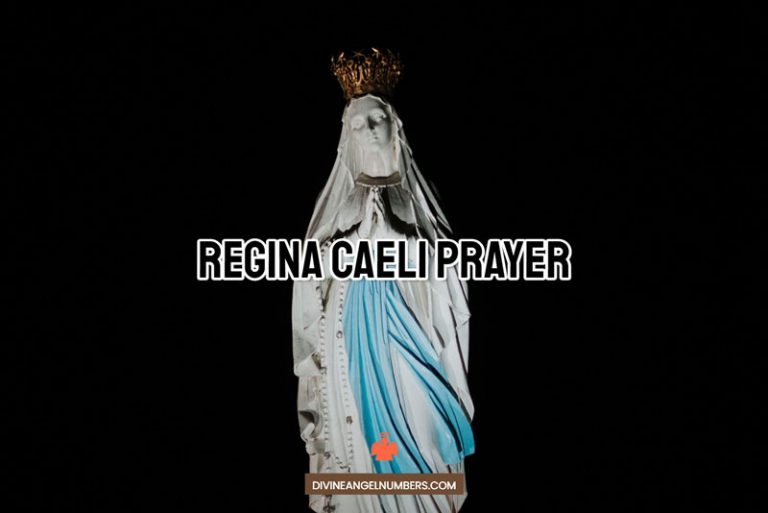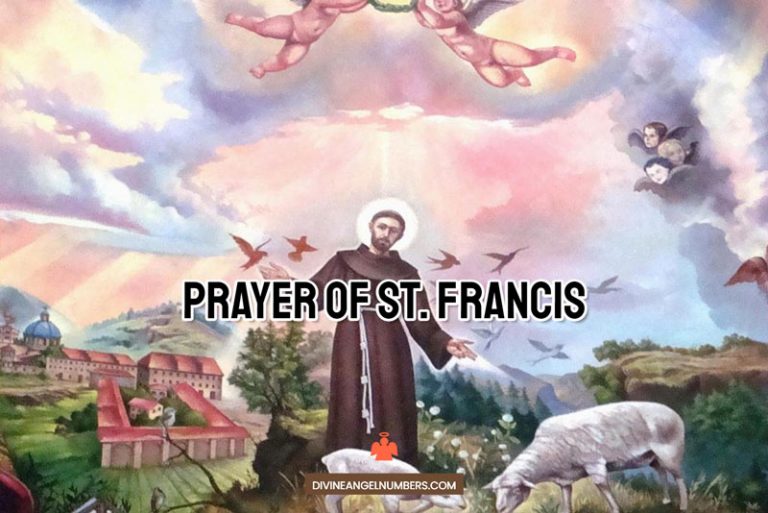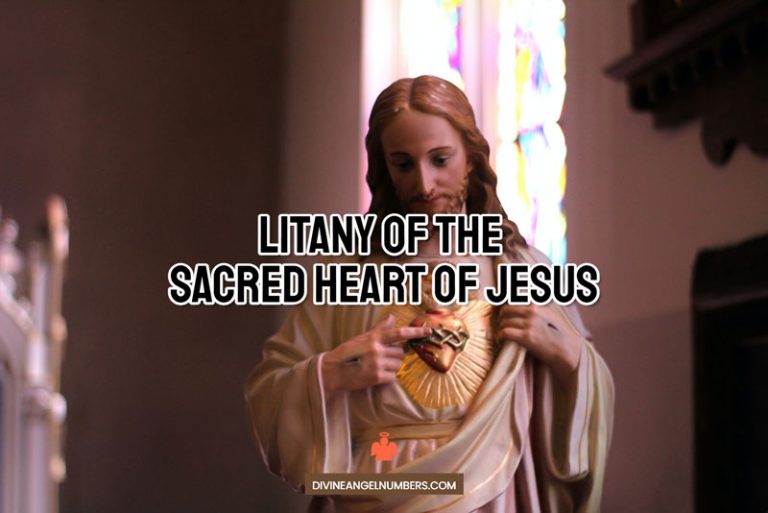In Christianity, the most sacred week in the liturgical year is known as the Holy Week. Holy Week is a movable observance that doesn’t take place in the same week every year.
It is observed after 40 days of Lent and two transitional days, namely Lazarus Saturday and Palm Sunday respectively. This means that Holy Week lands on the sixth week of Lent.
The Holy Week commemorates Christ’s triumphant entry into Jerusalem, the betrayal of Jesus, the commemoration of the Last Supper, the passion of Jesus Christ, and concludes with His death and descent into Hades.
It is commonly believed that Jesus rested in death from 3 pm on Good Friday until just before dawn on Sunday morning when he resurrected from death. Therefore, after the Holy Week is concluded, one of the most important Christian holidays is observed and that is Easter. It also marks the beginning of the spring season.
Holy Week liturgies attract the largest crowds of the year because Holy Week and the period of Lent is the most important time of the year. Different Christian cultures have different traditions and ways of celebrating the week such as attending special liturgies, church services, floats, processions, and live re-enactments of Christ’s life, his arrest, and finally his crucifixion.
In several countries, during the Holy Week, many television channels show movies and television shows related to the Holy Week, such as ‘The Greatest Story Ever Told,’ ‘The Jesus Film,’ and ‘The Ten Commandments.’
Origins
One of the earliest known records of Holy Week observance can be found in the diaries of a woman named Etheria, a nun who had documented her pilgrimage to the Holy Land in the late 4th Century. Etheria or Egeria’s accounts are believed to be a way of replicating the celebration of the arrival of Jesus as depicted in the Gospels.
In her account, she describes a Palm Sunday observance and she states, “…as the eleventh hour approaches, the passage from the Gospel is read, where the children, carrying branches and palms, met the Lord, saying; Blessed is He that cometh in the name of the Lord, and the bishop immediately rises, and all the people with him, and they all go on foot from the top of the Mount of Olives, all the people going before him with hymns and antiphons, answering one to another: Blessed is He that cometh in the Name of the Lord. And all the children in the neighborhood, even those who are too young to walk, are carried by their parents on their shoulders, all of them bearing branches, some of the palms and some of olives, and thus the bishop is escorted in the same manner as the Lord was of old.”
The Apostolical Constitutions which date back to the latter half of the 3rd and 4th centuries is another piece of writing that alludes to the customs which mark this week as a whole with special observances. The Codex Theodosianus, a compilation of laws of the Roman Empire under the Christian emperors since 312 A.D. is explicit in ordering that all actions at law should cease and the doors of all courts of law are closed for 15 days prior to Easter.
It should be noted that Good Friday was one of the first days of the Holy Week that gained special prominence. After Good Friday, the next day that gained considerable prominence was Holy Saturday or Easter Eve, which includes a vigil that is associated with the expectation that the second advent would occur on Easter Day.

Read more: Best Lent Prayers for 2026
7 days of Holy Week
In Christianity, the week between Palm Sunday and Easter is known as the Holy Week which is observed with special solemnity as a time of devotion to the Passion of Jesus Christ. Roman and Greek liturgical books called the Holy Week the Great Week because they believed that God did great things during the week.
One of the earliest records of the week being referred to as the Holy Week was in the 4th century by St. Athanasius, bishop of Alexandria, and St. Epiphanius of Constantia. Originally, Good Friday and Easter Eve were the only days observed as holy days.
However, by the beginning of the 3rd century, Wednesday was added as the day on which Judas plotted to betray Jesus, and slowly the rest of the days were added. And by the 4th century, the various events started being commemorated on the days of the week on which they occurred.
For instance, the institution of the Eucharist and Judas’ betrayal started being commemorated on Maundy Thursday, the Passion and death of Christ on Good Friday, His burial on Easter Eve or Holy Saturday, and finally his resurrection on Easter Sunday.
Day 1 – Palm Sunday
Palm Sunday kicks off Holy Week. On this day, Christians commemorate Jesus’s triumphant entry into Jerusalem. According to the Gospels, upon his entry, Jesus was greeted by crowds waving palm branches and exclaiming ‘Hosanna! Blessed is the one who comes in the name of the Lord! Blessed is the coming kingdom of our ancestor David! Hosanna in the highest heaven!’
During his final days in Jerusalem, Jesus Christ and his disciples were hosted by Lazarus, a man who he had raised from the dead, and his two sisters in Bethany, a town two miles east of Jerusalem.
In some Churches, Palm Sunday is also known as the Sunday of Passion, and during the liturgy, one of the Gospel passion narratives is read aloud. Traditionally, on Palm Sunday, Christians who attend Church will receive palm branches or Palm Sunday as a tangible sign of Jesus’s triumphant entry into Jerusalem.
Day 2- Holy Monday
Gospel and historical accounts are not always clear on the events that occurred on Holy Monday. However, some Christian denominations commemorate certain events on this day.
For instance, many believe that on Holy Monday, Jesus Christ cursed a fig tree, cleansed the temple, and responded to questioning of his authority. Many people observe the anointing of Jesus Christ at Bethany on Holy Monday as well.
On Monday, after Jesus returned to Jerusalem, along his way he cursed a fig tree that failed to bear fruit. According to Biblical scholars, the cursing of the fig tree represents God’s judgment on the spiritually dead religious leaders of Israel.
Others believe that this act symbolizes that genuine faith is more than just demonstrating outward religiosity. True faith must bear spiritual fruit in a person’s life.
And when Jesus arrived at the Temple, he found the court swimming with corrupt and money-hungry leaders. So, he began overturning their tables and cleansed the Temple saying, “The Scriptures declare, ‘My Temple will be a house of prayer,’ but you have turned it into a den of thieves.”
Read more: Pentecost: History, Symbol, and Significance
Day 3 – Holy Tuesday
Just like Holy Monday, the Gospel accounts are not in agreement with what event actually took place on that day. Many observe Holy Tuesday to commemorate Christ’s predictions of his own death. On Holy Tuesday, Jesus left the city of Jerusalem and went with his disciples to the Mount of Olives which overlooked Jerusalem.
At the Mount of Olives, Jesus Christ spoke the Olivet Discourse, an elaborate prophecy about the destruction of Jerusalem and the end of the age. He also spoke about the end of time, including his Second Coming and the final days of judgment.
The Scripture also notes that on Holy Tuesday, Judas Iscariot went to the Sanhedrin and negotiated with the rabbinical court of ancient Israel to betray Jesus Christ.
Day 4 – Holy Wednesday
According to many Biblical accounts, on Holy Wednesday Judas arranged his betrayal of Jesus Christ. Since Judas was a spy amongst Jesus’s disciples, therefore, Holy Wednesday is also known as Spy Wednesday.
Other accounts are not very sure if anything happened on Holy Wednesday. Some scholars speculate that Jesus and his disciples spent this day resting in Bethany in anticipation of Passover.
Traditionally, Holy Wednesday is commemorated with the service of Tenebrae along with the hearing of appropriate psalms and other readings while simultaneously extinguishing candles on a candelabrum to create a sense of growing darkness.
The darkness acts as a symbol of the abandonment felt by Jesus Christ when he is abandoned by his disciples. And it also anticipates the anguish and tragedy of Good Friday, which falls later in the week. Holy Wednesday is followed by the Paschal Triduum- Maundy Thursday, Good Friday, and Holy Saturday.
Day 5 – Maundy Thursday
The Holy Week takes a somber turn on Maundy Thursday. On this day, from Bethany, Jesus sent his disciples, Peter and John to the Upper Room in Jerusalem to make the preparations for the Passover Feast. After Sunset and before the Passover meal, Jesus washed the feet of his disciples in a demonstration of love between his followers.
Today, many churches around the world practice the tradition of foot washing as a part of the Maundy Thursday service. The purpose of commemorating Maundy Thursday is to remind participants of the new commandment that Jesus gave his disciples, which was to love one another as he had loved them.
On Maundy Thursday, during the Last Supper, Jesus instructed his followers to continually remember sacrifice by sharing in the elements of bread and wine.
Jesus is considered the lamb of God, and on Good Friday he was about to fulfill the true meaning of Passover by giving his body to be broken and his blood to be shed in sacrifice, freeing us from sin and death.
After Passover, Jesus and his Disciples went to the Garden of Gethsemane, where Jesus prayed in agony to God, His father. Later that evening, Jesus Christ was betrayed by Judas Iscariot as he was arrested by the Sanhedrin and taken to the home of Caiaphas, the High Priest.
Read more: Catholic Grace Prayers Before and After Meals
Day 6 – Good Friday
Good Friday, which is the 6th day of the Holy Week commemorates the death and Passion of Jesus Christ. On this day, Christ’s journey became incredibly treacherous and acutely painful in the final hours leading up to his death.
According to the Scripture, Judas Iscariot, the man who had betrayed Christ to the Sanhedrin, upon hearing that Christ was to be crucified overcame guilt and committed suicide by hanging himself on Good Friday as well.
Meanwhile, Christ endured the shame of false accusations, condemnation, mockery, beating, and multiple unlawful trials after which he was sentenced to death by crucifixion, an extremely disgraceful and degrading form of capital punishment. From the cross, Jesus spoke seven final statements and then breathed his last breath at about 3 p.m.
Day 7 – Holy Saturday
Holy Saturday or Black Saturday is the day between the crucifixion of Jesus Christ and his resurrection. The Triduum of Holy Week concludes the Holy Saturday, often with a late-night Easter Vigil service.
On Holy Saturday the Church waits at the Lord’s tomb in prayer and fasting, meditating on his Passion and Death and on his Descent into Hell, and awaiting his Resurrection.
The Church abstains from the Sacrifice of the Mass, with the sacred table left bare, until after the solemn Vigil, that is, the anticipation by the night of the Resurrection, when the time comes for paschal joys, the abundance of which overflows to occupy fifty days.
Holy Week moves from the enthusiastic shouts of ‘Hosanna’ to the somberness of Holy Wednesday and Maundy Thursday, to the horrors of the agony and death of Jesus on Good Friday, to the joyous celebration of the first Eucharist of Easter.
Summary
Holy Week is an emotional week for Christians but one that fills us with the anticipation and hope of the glory of the resurrection of Christ at Easter.
Holy Week is celebrated in several countries. It has developed as a symbol of community identity in many countries such as Brazil, the Philippines, Mexico, Spain, Columbia, and India. The celebrations incorporate services, special liturgies, mass, processions, and theatre.



